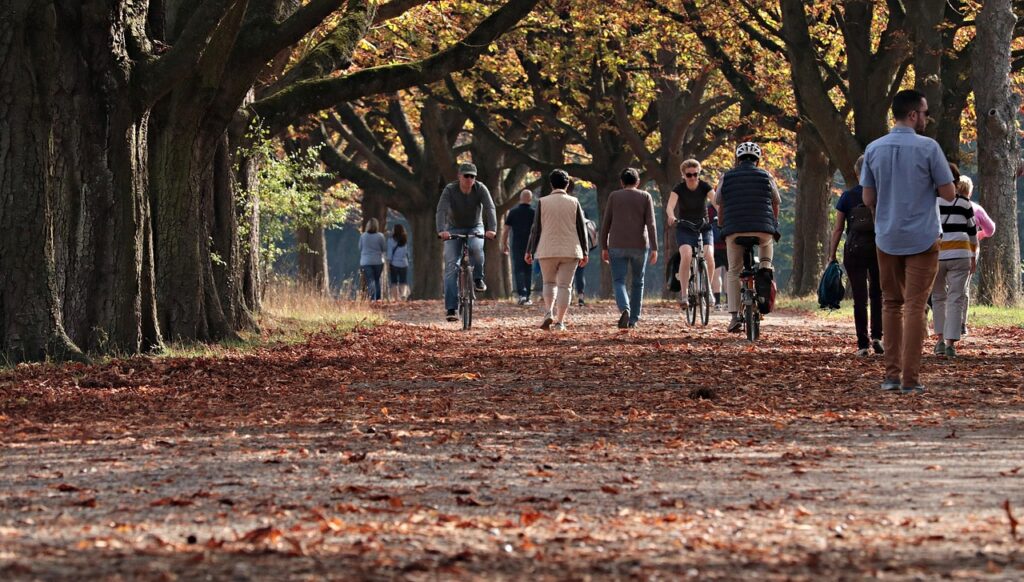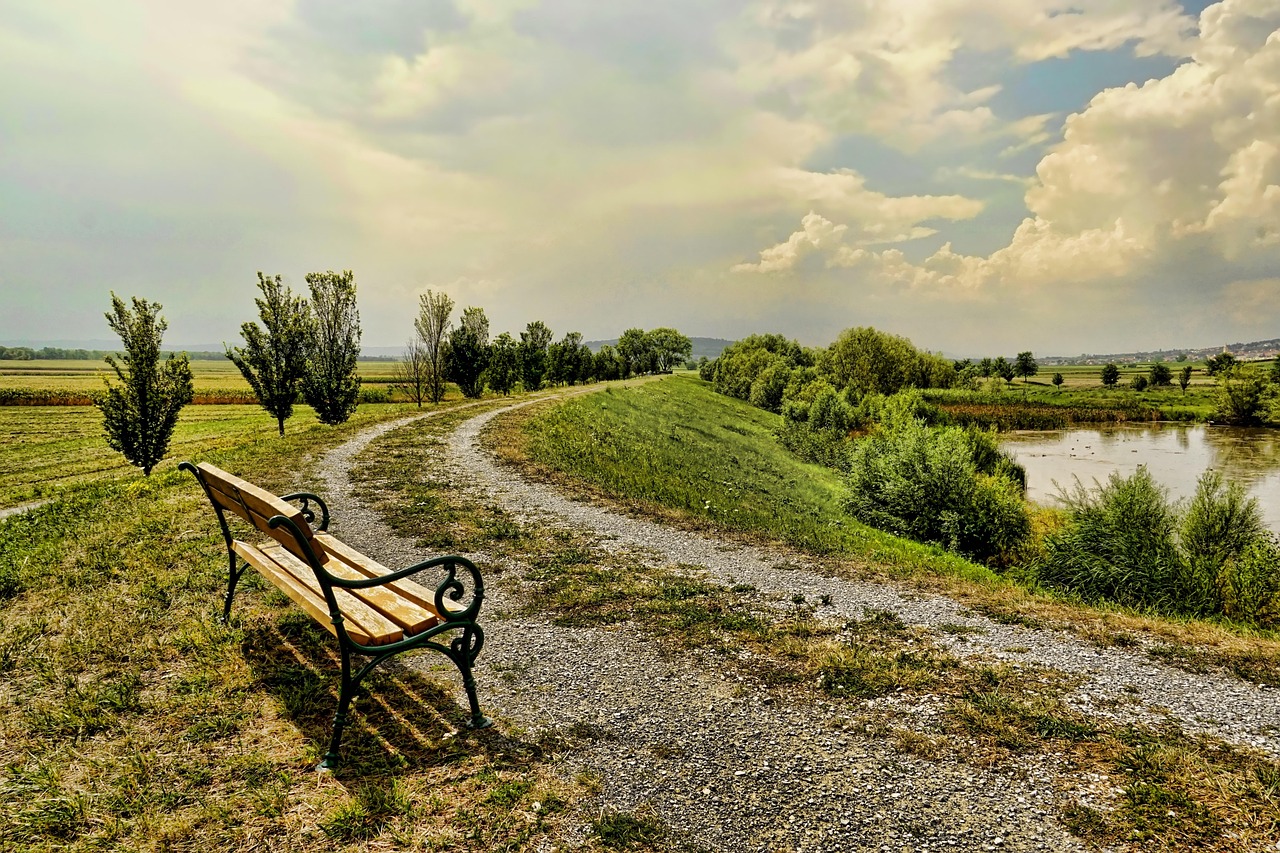If you’re new to therapy, you may not be familiar with Walk and Talk Therapy. Most of us have seen therapy sessions portrayed in movies and TV shows; they often include dimly lit rooms, serious faces, and an air of suspense. But in reality, therapy isn’t always like that. Sometimes, a therapist takes a different approach to help clients feel more comfortable and less intimidated.
Walk and Talk Therapy is exactly what it sounds like— a therapy session while walking outdoors. This method helps clients open up faster, process emotions more easily, and engage in deep conversations without the pressure of sitting face-to-face in an office. It’s a simple yet effective way to make therapy feel more natural and relaxed.
Now, let’s explore 5 surprising benefits of Walk and Talk Therapy and why it might be the perfect fit for you.
What Is Walk & Talk Therapy?
Walk and Talk Therapy is a form of outdoor therapy that combines psychotherapy, physical activity, and usually exposure to nature (weather-permitting). It falls under eco-psychotherapy, alongside other approaches like adventure therapy, wilderness therapy, and animal-assisted therapy.

Many people choose Walk and Talk Therapy because they enjoy nature, find it difficult to sit still in traditional therapy sessions, or feel uncomfortable with direct face-to-face conversations. Walking can help alleviate these concerns and make therapy feel more natural and engaging.
Sessions typically take place in an agreed-upon outdoor location, where the client sets the walking pace. This approach is used to address various mental health concerns, including:
- Anxiety disorders
- Depression
- Self-esteem issues
- Life transitions
- Stress
- Anger
- Bereavement
- Relationships
5 Benefits of Walk and Talk Therapy
1. Walking Creates a Relaxed Therapy Environment
A traditional therapy office can sometimes feel formal or even a little intimidating, making it harder to open up. Walk and Talk Therapy changes that by taking the conversation outside. The fresh air, open space, and movement create a more relaxed and natural environment, creating a more comfortable setting to discuss emotions and personal challenges.
Nature itself has a calming effect. Studies show that being outdoors reduces stress and anxiety, which helps clients feel more at ease. Instead of feeling like you’re under a spotlight in a quiet office, walking side by side with your therapist allows for a more fluid and comfortable conversation.
2. Movement Encourages Emotional Processing
Walking doesn’t just help your body—it also helps your mind. When you move, both sides of your brain become more engaged, making it easier to process emotions, memories, and thoughts. This is especially helpful for people dealing with anxiety, depression, or past trauma.
Many clients find that they can express themselves more freely while walking. The rhythmic motion helps organize thoughts, allowing the client to reflect on experiences and gain new insights. Instead of feeling stuck in negative emotions, movement creates a sense of flow, helping you naturally process feelings.
3. Physical Activity Lowers Stress Levels During Sessions
Stress and anxiety can make it harder to open up in therapy, but walking naturally helps reduce these feelings. When you move, your body releases endorphins, chemicals that boost your mood and make you feel better. It also lowers cortisol levels, the stress hormone, thereby helping you feel calmer and more in control.
This physical shift can make therapy sessions more productive. Instead of feeling overwhelmed by emotions, clients often find it easier to talk, reflect, and engage in meaningful conversations. Walking creates a sense of ease, allowing therapy to feel less like a formal session and more like a natural discussion.
4. Side-by-Side Conversations Feel Less Intimidating
Opening up about personal struggles can be difficult, especially in a traditional face-to-face therapy setting. Sitting across from a therapist, maintaining eye contact, and discussing deep emotions can sometimes feel overwhelming.
Walk and Talk Therapy removes this pressure. Walking side by side creates a more casual and natural flow of conversation. Without the intensity of direct eye contact, clients often feel more at ease to share thoughts and emotions. This approach is especially helpful for individuals who struggle with anxiety, social discomfort, or trouble discussing sensitive topics.
5. Walking Inspires New Perspectives and Insights
Sometimes, when we feel stuck in our thoughts, a change in scenery can make all the difference. Walking in an open environment—whether it’s a park, a quiet trail, or even a city sidewalk—can help shift your mindset. The movement, fresh air, and changing surroundings encourage new ways of thinking and enable you to see problems from a different perspective.

Many clients experience “aha” moments during Walk and Talk Therapy. The combination of physical activity and conversation helps break through mental blocks, leading to deeper self-awareness and emotional breakthroughs. Instead of feeling trapped in repetitive thoughts, walking allows for clarity and fresh insights.
Thinking About Trying Walk & Talk Therapy?
If sitting in a therapy office feels a little too intense, Walk and Talk Therapy might be just what you need. Walking side by side with a therapist can make it easier to open up, process emotions, and feel comfortable during your sessions. Plus, moving your body helps reduce stress and clear your mind.
If you’re struggling with anxiety, life changes, or just want a different way to do therapy, why not give it a try? Reach out to a therapist who offers Walk and Talk sessions. You might be surprised at how much a simple walk can help change your perspective.
Therapy in Florida, Idaho, South Carolina, and Utah
At Calming Transformations Counseling, our therapists understand how difficult it can be to manage anxiety, stress, depression, and relationship issues. We can help through walk and talk therapy in Hillsborough County, Florida, or online therapy in Florida, Idaho, South Carolina, or Utah. Remember, your mental health is important—take the time to care for yourself.
Contact us today to schedule a session and take the first step toward a healthier, happier life.
